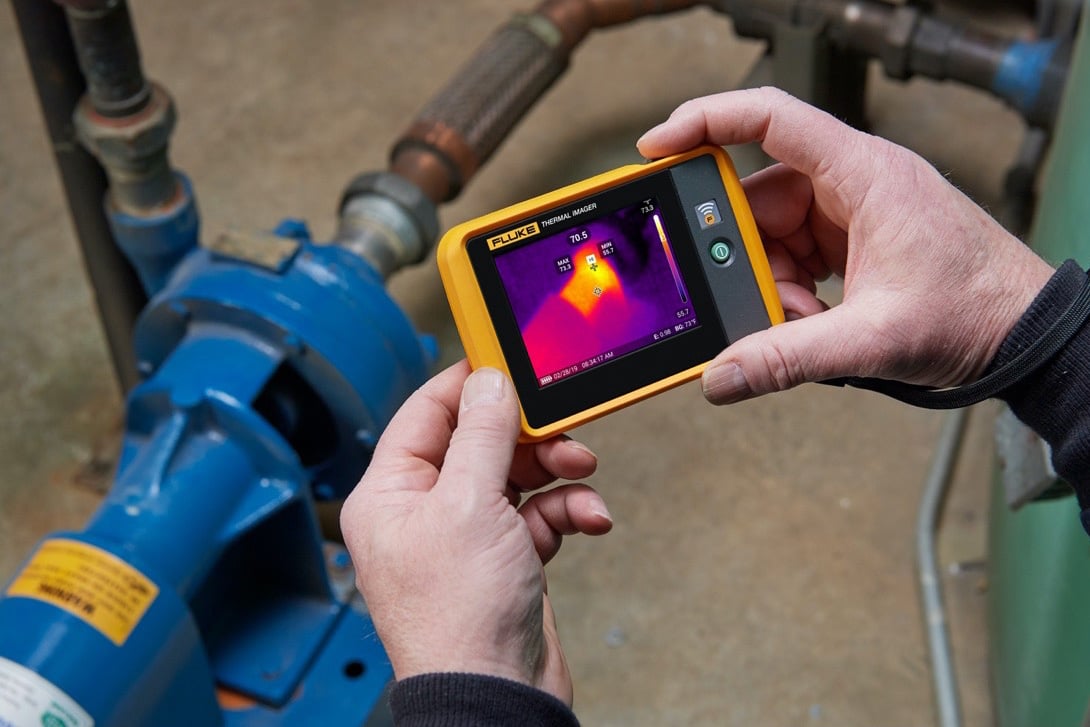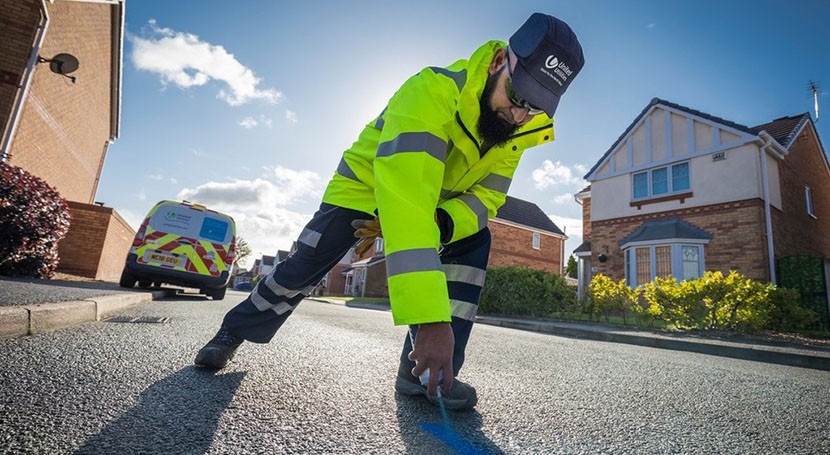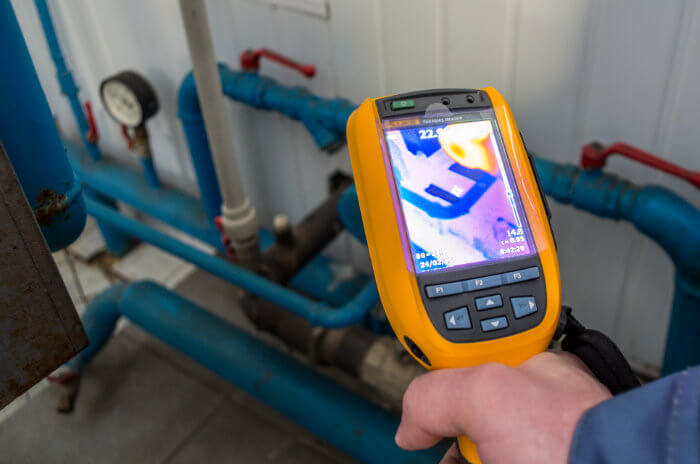The Value of Routine Water Leak Detection for Long-Term Home Security
The Value of Routine Water Leak Detection for Long-Term Home Security
Blog Article
Cutting-edge Solutions for Very Early Detection of Water Leaks in Structures and Facilities
From innovative leak discovery innovations to the release of IoT sensing units for real-time monitoring, the landscape of leak avoidance is advancing rapidly. Automated water flow analysis systems are reshaping how leakages are determined and resolved, paving the way for an aggressive approach to water leak detection.
Advanced Leakage Discovery Technologies
Advanced leak discovery technologies, furnished with sophisticated sensing units and algorithms, play an essential duty in promptly identifying and determining water leaks in various settings. These innovations employ a mix of acoustic, thermal, and electro-magnetic sensing approaches to discover leakages accurately. Acoustic sensors spot the sound of escaping water, permitting precise localization of the leakage source. Thermal imaging finds temperature modifications brought on by water leak, offering another reliable technique for leak identification. Electromagnetic sensing units can recognize modifications in magnetic fields triggered by water, supplying yet an additional layer of leak discovery ability.

IoT Sensors for Real-Time Surveillance
In the world of modern water leak detection, the integration of IoT sensing units for real-time tracking represents a critical improvement in improving aggressive leak discovery capabilities. These sensors supply continual tracking of water supply, offering real-time information on water circulation prices, stress variations, and temperature adjustments. By leveraging IoT modern technology, these sensors can discover even the tiniest abnormalities in water use patterns, enabling very early identification of prospective leaks before they intensify into major concerns.
IoT sensors send data to a central system, where advanced formulas analyze the details and produce informs or alerts when irregularities are spotted. This real-time surveillance capability enables residential or commercial property owners or center supervisors to quickly resolve leaks, minimizing water damages, lowering repair work costs, and preserving water sources.
In addition, IoT sensing units can be incorporated with building monitoring systems, enabling automated feedbacks to identified leaks, such as shutting off water valves or activating pumps to reduce the impact of leaks. Generally, the execution of IoT sensors for real-time tracking dramatically boosts the performance and efficiency of water leak discovery in buildings and facilities.
Equipment Understanding Algorithms for Leakage Forecast

One trick benefit of using artificial intelligence for leak prediction click this is its ability to continuously find out and improve its precision in time. As even more data is collected and fed right into the algorithm, it can fine-tune its predictions and adapt to transforming conditions, inevitably boosting the reliability of leakage discovery systems.
In addition, artificial intelligence algorithms can help in determining subtle indications of leaks that might go undetected by typical monitoring approaches. water leak detection. By analyzing complicated information sets in real-time, these algorithms can give early warnings and signals, allowing for timely treatment and precautionary upkeep to alleviate potential water damage and connected prices
Utilizing Thermal Imaging for Leak Discovery
Thermal imaging technology provides an encouraging strategy for identifying water leaks in different systems and frameworks. By making use of infrared radiation and temperature variations, thermal imaging electronic cameras can identify hidden leaks that are not conveniently noticeable to the nude eye. When water escapes from pipes or structures, it commonly transforms the temperature of the surrounding area, creating temperature level differentials that thermal electronic cameras can capture. These temperature irregularities are then translated right into noticeable images, highlighting the exact location of the leak.
Among the vital benefits of thermal imaging for leakage discovery is its non-intrusive nature. Unlike standard techniques that may require burglarizing wall surfaces or floors to locate leaks, thermal imaging enables non-destructive testing. This not only conserves time and lowers prices however likewise reduces disruption to the structure or facilities being evaluated. Additionally, thermal imaging can quickly check huge areas, offering an extensive summary of possible leakage resources in a timely manner. On the whole, using thermal imaging innovation enhances the performance and precision of water leak detection, making it a useful tool for keeping the honesty of link buildings and infrastructures. go to the website
Automated Water Circulation Analysis Solutions
How can computerized water flow evaluation systems revolutionize the discovery and management of leakages in numerous systems and facilities? Automated water circulation analysis systems use a proactive approach to leakage detection by constantly keeping track of water circulation prices and patterns. By establishing standard information, these systems can rapidly identify deviations that may show a leak, making it possible for prompt intervention to stop substantial damage.
These systems make use of sophisticated formulas to analyze real-time data and give immediate notifies when anomalies are detected, permitting swift action to be taken. Additionally, computerized water circulation analysis systems can be integrated with building monitoring systems or IoT platforms, improving total efficiency and allowing remote surveillance capabilities.
Furthermore, the data accumulated by these systems can be used for predictive upkeep objectives, aiding to recognize prospective weak factors in the facilities before leakages take place. Generally, the application of automatic water flow analysis systems can significantly improve leakage discovery and monitoring techniques, inevitably leading to cost financial savings, minimized water wastage, and raised sustainability in buildings and framework.

Final Thought
Finally, the assimilation of innovative leakage detection modern technologies, IoT sensing units, equipment understanding formulas, thermal imaging, and computerized water circulation evaluation systems uses cutting-edge services for early detection of water leaks in structures and framework. These modern technologies make it possible for real-time surveillance, forecast of leaks, and efficient discovery approaches to avoid water damages and wastefulness. Carrying out these services can help in maintaining the stability and sustainability of water supply in different settings.
Report this page